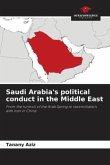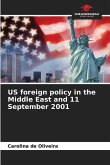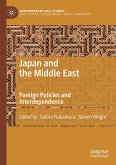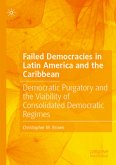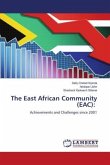On 08 July, President Biden announced the total withdrawal of all troops by 31 August 2021. Less than a month later, on 6 August, the Taliban seized Nimroz province. By 15 August, the Taliban entered the capital city of Kabul, the U.S. evacuated the embassy, and the Taliban again controlled Afghanistan. The question is, why after 20 years of investment in Afghanistan did the GIROA collapse in just 38 days? This paper takes a pragmatic approach of examining the pillars of national power and decisions made in key inflection points throughout the U.S. occupation and highlights where those decisions undermined security of the state over time. This work supports that U.S. policy decisions in Afghanistan contributed to a fragile state and resulted in GIROAs collapse. Further, that the collapse was not sudden or unexpected but had its foundation set as early as the founding of the central Afghan government. This work is designed to help policy makers understand how decisions shape stability and more importantly provide a framework to assist policy makers craft policy to promote stability factors when integrating a failed state into the global commons.
Bitte wählen Sie Ihr Anliegen aus.
Rechnungen
Retourenschein anfordern
Bestellstatus
Storno



